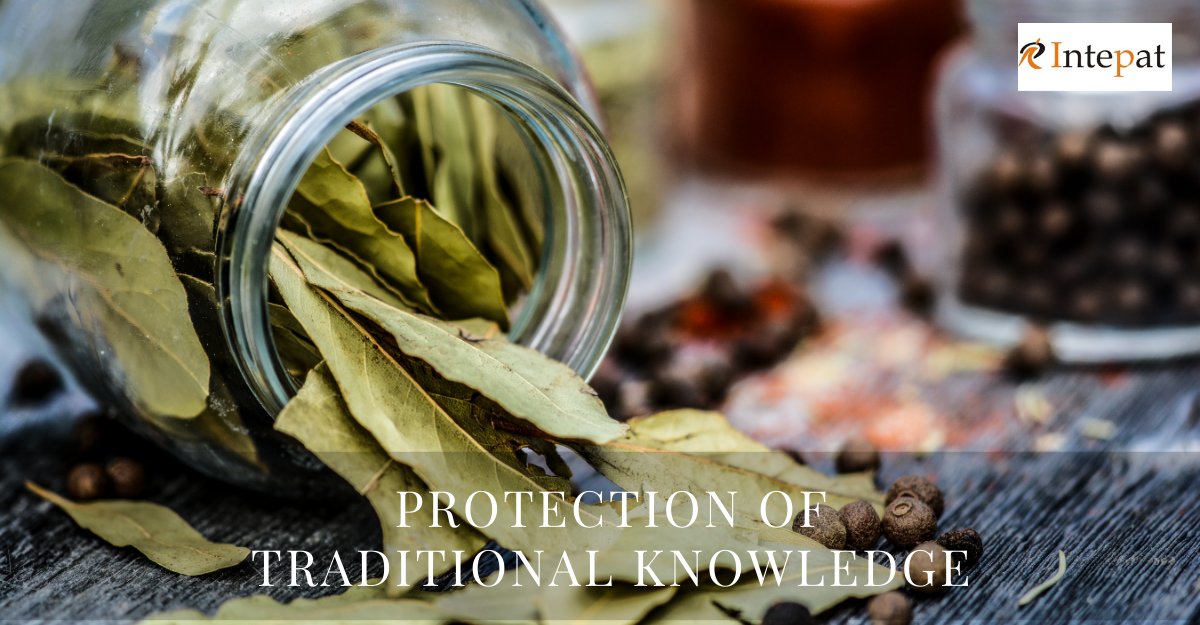India, one land embracing many! The term “many” is indeed an inclusive one and not exhaustive. It is an avowed position that India is home to many different cultures and traditions. This makes India a place that is rich in traditional knowledge while compared to its counterparts. Traditional knowledge exists in various forms. In this article, we will be walking through the protection measures taken by India towards the Traditional Knowledge stored in bio-diversity. India has successfully pulled out all the stops to protect its sublime traditions found in its bio-diversity and has set a precedent to every other nation which is yet to climb the ladder of protecting knowledge arising out of traditions.
India was a pioneer in taking cognizance of the protection of its biodiversity and Traditional Knowledge (TK). India, submitted a report to TRIPS-Council as early as in 2000, stating its experience in protecting Biodiversity and Traditional Knowledge. This was far before the WTO’s Doha Rounds addressed the pressing needs for the protection of TK.
Biodiversity includes plants, animals, micro-organisms, and the variation between them, and the eco-systems of which they form a part. The Traditional Knowledge associated with genetic resources or bio-diversity is the intangible part of the resource itself. This Traditional Knowledge is, at times, so valuable that it provides leads for development and helps save the time, money, and resources spent on R&D. This is the prime reason why the benefits accrued out of using TK should rightly be shared with the creators of it.
India boasts of being one of the twelve-mega biodiversity countries of the world and is also one of the twelve primary centers of origin of cultivated plants and is rich in agricultural biodiversity. India is equally rich in traditional and indigenous knowledge, both coded and informal.
India thus saw it vital to become a member of the Convention on Biological Diversity, by which it can accomplish the goals of conserving biological diversity, making sustainable use of biological resources, and ensuring fair and equitable sharing of benefits arising out of the commercial utilization of genetic resources. Also, Article 8(j) of the CBD provides for respecting, protecting, and rewarding the Knowledge, Innovations, and Practices (KIP) of local communities. Put together; this instrument was beneficial for countries like India.
An immediate step taken by India after becoming a member of CBD, in order to realize the benefits of the Convention, was to introduce a Biological Diversity Bill, 2000, that received the President’s approval and became an Act in 2002. In this Act, the use of traditional knowledge, innovations, and practices relevant to the conservation of biological diversity and the sustainable use of its components is regulated by promoting benefit sharing principles to the knowledge owner, whose knowledge is used to achieve the ends. It also addresses the primary concerns of access to, and collection and utilization of biological resources and knowledge by foreigners, and the sharing of benefits arising out of such access.
Reasons that lead to India become a member of CBD, legislate a national law and amend existing law
There have been instances where India has been a victim of bio-piracy. Recollecting history, in 1995, the US got Turmeric patented in their country, and Neem patented in Europe. However, India emerged successfully in the battle of fighting for the revocation of these patents. To revoke these patents, India had to struggle and slog, as India had to prove the prior existence of the materials. Proving previous existence of the patented materials was sine quo non to establish that the prerequisite to obtain patents, namely, the novelty, was defeated.
The problem of bio-piracy may not be resolved with such revocation actions and domestic biodiversity legislation alone. Hence, an internationally accepted solution to such bio-piracy is necessary.
This can be done by harmonizing the different approaches of the Convention on Biological Diversity on the one hand, and the TRIPS Agreement on the other, as the former recognizes sovereign rights of States over their biological resources and the latter treat intellectual property as a private right.
Simultaneously, India has introduced provisions into its Patents Act mandating the disclosure of the source of biological material in the patent application failing which the application stands canceled.
Need for documentation
It is always told that proper documentation will prevent bio-piracy. However, the other side to this is, adequate documentation will also let the secrets come to the public platform. The pros of documentation weighs more than its cons as its documentation will prevent unauthorized commercial exploitation that can happen in the name of patents.
Documentation of TK in India
– Community Biodiversity Registers: Section 41 read with Rule 22 of the Biological Diversity Rules, 2004 gives a clear picture of documentation of TK related to biological materials.
– TKDL (Traditional Knowledge Digital Library): This is one of the defensive mechanisms adopted by India, to store the TK related to biological and medicinal matters in a digital database. Thus making it available to the patent offices all over the world. However, this does not in any way confer rights on the community concerned.
– HoneyBee Database: HoneyBee database, established ten years ago in India, is a facility for registration of innovations by innovators. The database can be accessed for adding value to these innovations and sharing benefits with the knowledge providers and innovators. Through the HoneyBee Newsletter, grassroots innovations have been disseminated to more than 75 countries. For example, this database has entries on the traditional use of fish and fish products, improving crop productivity, etc.
– Biological Diversity Act, 2002: The Act contains provisions that aim to prevent misappropriation of TK or bio-piracy, it also enshrines the concept of benefit sharing to the community with whom the TK is associated with.
Conclusion
It is now a clear position that in India, there is some amount of both affirmative and defensive mechanisms to protect the Traditional Knowledge associated with biological materials. However, this should be complemented by international instruments so that the impact of national laws will not be undermined. Unfortunately, there is not one convincing law or provision yet for the other types of TK, namely the ones that do not have nexus with biological materials.
Author: Meena Annamalai




